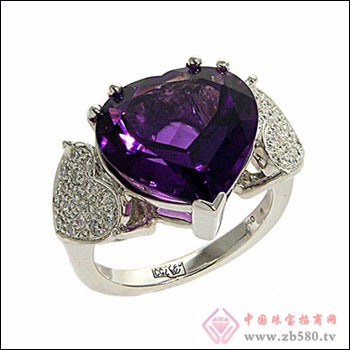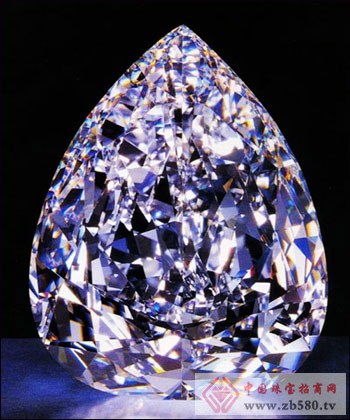What are the characteristics of colored diamonds? What is the difference between colored diamonds and colorless diamonds? In fact, the elements of diamonds are very common, that is, element C. The earth has about 100 million carats of rough diamonds unearthed each year, and less than one of them is gem-quality. Most of them are diamonds with some yellowish or brown color, collectively referred to as colorless (or nearly colorless) diamonds, and have a Z rating from the most colorless D to more colors. If the yellow color exceeds Z, it will enter the Fancy range and become the FancyGrade.

Diamonds with yellow or brownish colors are very small in the entire diamond mine, and are pink, green, orange, blue, and purple, all of which are colored diamonds (FancyColor). Throughout the above two points, the following conclusions can be drawn: 1. A diamond with a yellow (brown) color, with a color exceeding Z or more, is called a color diamond grade (FancyGrade). 2. A diamond of a color other than yellow (brown), called a colored diamond (FancyColor), but the color grade must be re-evaluated.
The color of the colored diamonds is also different, so the color of the colored diamonds is different, but whether it is pink, green, blue, pink, brown, orange, blue, purple, it becomes a color diamond (FancyColor). The color that a diamond presents can be roughly divided into three major elements: Hue, Tone, and Saturation. Xiao Bian will explain the characteristics of colored diamonds for everyone.

1. Hue: Color refers to the first impression of the eye on the color, for example, the sky is blue, the mountain is green, and the rose is red. Usually the scientific color description is based on the seven colors of the spectrum (rainbow).
2. Tone: Tone refers to the degree of lightness and darkness of a color, that is, the jewel gives a person a clear or dark feeling. The gems are colorless when they are the brightest, and the gems are all black when they are darkest. The shallow and deep in the spoken language refers to this. For example, the aquamarine in the lightest shade is nearly colorless, and the darkest sapphire is close to black.
3. Saturation: refers to the amount of color or its purity, which can be interpreted as saturation. When the chromaticity is low, the cool colors such as green or blue often appear gray, while the warm colors are brown. The chromaticity can also be said to be the shade of the color. The thicker the color, the more full, the lighter the less the color.
Long Sleeve Check Shirt,100% Cotton Men Plaid Shirt,Yarn Dyed Plaid Shirts,Long Sleeve Plaid Shirt
SHAOXING RUISHI TEXTILE & GARMENT CO.,LTD , https://www.fobshirt.com